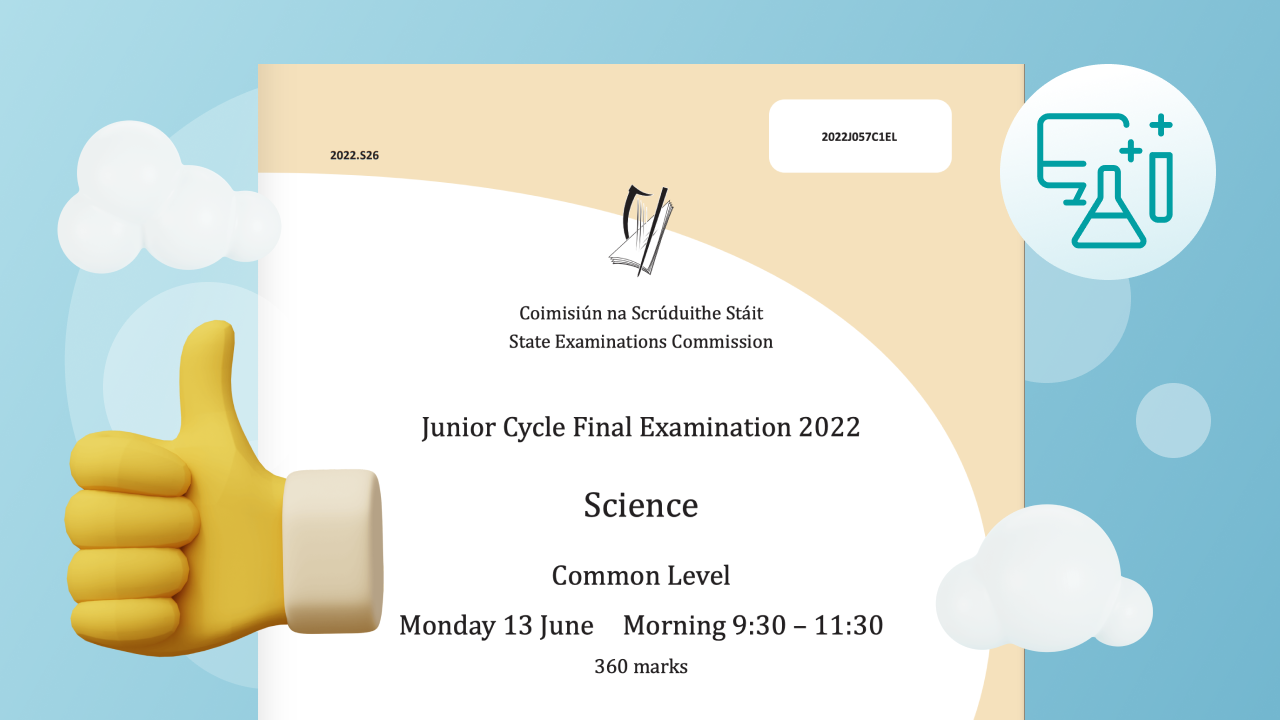What exactly is involved in each CBA?
CBA1: Extended Experimental Investigation (E.E.I)
This first CBA occurs over 3 weeks following the scientific method to form a hypothesis on a question you've developed. Usually, students work in a group for this CBA. There are 4 sections in this CBA: 1. Questioning and Predicting, 2. Planning and Conducting, 3. Processing and Reflecting and 4. Reflecting and Reporting. Your final report can take various forms. You can write a report, submit a PowerPoint, create a poster or you could even make a podcast or video! Whatever format you select just remember you must include significant detail.










